DROPS Alaska
A wool classic!
from:
3.50CAD
per 1.8 oz
Content: 100% Wool
Yarn Group:
C (16 - 19 stitches)
/ 10 ply / aran / worsted
Weight/yardage: 1.8 oz (50 g) = approx 77 yds (70 m)
Recommended needle size: US 8 / 5 mm
Gauge: 4" x 4" / 10 x 10 cm = 17 sts x 22 rows
Care: Hand Wash, cold max 30°C / 86F. Dry Flat / Feltable
Superwash: no
Made in: EU
Raw material origin: Wool from South America
This yarn has an Oeko-Tex® certification (certificate number 25.3.0099), Standard 100, Class I from the INNOVATEXT TEXTILE ENGINEERING AND TESTING, HUNGARY. This means that is has been tested for harmful substances and is considered safe in human-ecological terms. Class I is the highest level, and it means the yarn is suitable for baby articles (ages 0-3).
A classic spun, untreated yarn, in 100% new wool. Untreated wool means that the fibers are only washed, and not exposed to any chemical treatment prior to the dyeing. This enhances the wool's best qualities, while it also provides a better shape and texture quality.
DROPS Alaska is a triple stranded proven quality yarn, one of the classics of the DROPS collection, as popular today as when launched in the mid 80's. This quality offers a wide range of colors and a great number of patterns for women, men, children and accessories.
Read more about our products' sustainability here
Please be aware that the colours shown may vary from screen to screen in the same way that shades may vary slightly from dye lot to dye lot.
How do I care for this yarn?

Hand Wash, cold max 30°C / 86F. Dry Flat
First of all, consider just airing the garment, instead of washing it. If you still desire to wash it, here are some guidelines:
- Hand wash at 30ºC - separately - with wool detergent without enzymes or optical brighteners.
- Don’t let the garment soak. Move the garment gently back and forth, do not rub or squeeze it.
- Rinse the garment until the rinse water is completely clear, making sure the water temperature stays uniform.
- Do a light centrifugation of the garment (about 800rpm), choosing a program that DOES NOT take in water at the start. Or press carefully the water out of the garment with a dry towel. The garment shouldn’t be twisted or rolled.
- To dry the garment, shape it and lay it flat - do not hang - ideally on a warm bathroom floor or on top of a drying rack in a room with good air circulation. Never dry the garment in direct sunlight.
- Don’t tumble dry.
- Never iron the garment directly. Use always a damp cloth between your steaming iron or regular iron and the garment.
Note: If you are washing a project made with this yarn combined with another, the general guideline is to follow the washing instructions for the most delicate of the yarns you are working with.
Thinking about felting this yarn?
See how this yarn looks before and after felting:
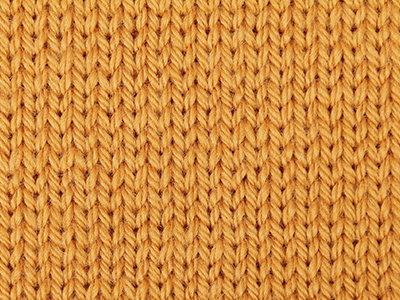
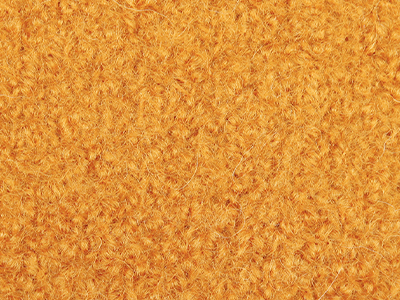
Needles: 5.50 mm
Before: 16 sts x 21 rows
After: 21 sts x 26 rows
Do you have a question about this yarn?
See a list of frequently asked questions (FAQ) about our yarns.
1) What type of fibers make the DROPS yarns?
Yarn can be made from a large number of natural and synthetic fibers. DROPS carries mainly yarns made from wool, cotton, alpaca, linen, mohair and silk. Each fiber type has its own qualities, and they are often mixed to take advantage of the best properties of each one. Coarse yarn has the advantage of being stronger and more durable, and finer fibers offers more softness and comfort. Here a bit about the main fibers we carry:
Alpaca:
Alpaca fleece is the natural fiber harvested from an alpaca, and it is similar in structure to sheep wool fiber. Its softness comes from the small diameter of the fiber, similar to merino wool. It is a soft, durable, luxurious and silky natural fiber. Yarn made from alpaca fibers does not felt or pill easily, and it can be light or heavy in weight, depending on how it is spun. While similar to sheep’s wool, it is warmer, not prickly, and has no lanolin, which makes it hypoallergenic. Alpacas come in 22 natural colors, with more than 300 shades from a true-blue black through browns-black, browns, white, silver and rose-greys.
Mohair:
This fiber comes from the Angora goats, and its considered a luxury fiber. Mohair yarn is warm as wool, but much lighter in weight; it is durable, dyes well and does not felt easily. Mohair fibers have also a distinctive luster created by the way they reflect light. Despite being a hard fiber, mohair is usually spun into a very fluffy yarn, resulting in airy and lustrous garments.
Wool:
The wool fibers comes from the skin of sheep and are relatively coarse fibers. Two striking characteristics of wool are its susceptibility to heat and its felting property, which is caused by the scales on the surface. Depending upon the breed of sheep, the appearance of the wool varies.
Wool from Merino sheep is considered the finest type of wool, having as characteristics that is finely crimped and soft. All the Merino wool in the DROPS yarns has its origins in South America, coming from sheep that have not been subject to Mulesing.
Pure new wool is wool made directly from animal fleece, and not recycled from existing wool garments.
Machine washable wool is wool treated chemically to minimize the outer fuzzy layer of the fibers, and be therefore fitable for machine wash (see Superwash).
Silk:
The silk fiber is a fine continuous fiber produced from the cocoon of a moth caterpillar known as the silkworm. While silkworm is cultivated, the wild or tussah silk is obtained from uncultivated silkworm cocoons. Silk fiber is one of the strongest natural fibers and makes a wonderful knitting yarn. It blends really well with other fibers, especially wool. Silk also dyes beautifully with natural dyes.
Vegetable fibers:
There are several varieties of vegetable fibers, found in the cell walls of plants or vegetables. Of all the varieties, two are recognized as major knitted or textile fibers. They are cotton and linen.
Cotton is the fiber surrounding the seeds in a cotton pod, and it is almost pure cellulose. Cotton is usually white in color but there are green and brown varieties as well. The cotton fiber is most often spun into yarn or thread and used to make a soft, breathable textile that is good for summer clothing and accessories, making a weaker yarn than silk or linen but stronger than wool.
Mercerized cotton is cotton that has been through a mercerization treatment. This treatment gives cotton fabrics and threads a lustrous yarn that is more lustrous than conventional cotton. It is also stronger, takes dye a little more readily, makes the yarn more resistant to mildew and reduces lint. It also may not shrink or lose its shape as much as "regular" cotton.
Linen is a fiber derived from the stalk of the flax plant that is durable and stronger than any other fiber. The linen fiber is relatively soft, straight and lustrous and becomes more beautiful with age. Linen is more comfortable to wear in hot temperatures than cotton, due to the fact that it absorbs moisture better and dries more quickly.
Other materials used in our yarns include synthetic fibers such as acrylic, viscose, polyamide (nylon) and polyester.
3) What type of information can I find on the DROPS yarn labels?
All DROPS yarn labels include information about fiber content (wool, cotton, etc.), weight in grams and ounces, length in meters and yards, washing instructions and symbols (explained here), color number, dye lot number and yarn group information.
4) What are the DROPS yarn groups?
All DROPS yarns are classified into 6 different thickness groups (A to F). Yarns in a same group have similar knitting tension/gauge, and can therefore be interchanged in patterns; however the length may be different, so when substituting always calculate the amount of meters/yards needed for the pattern to know the amount of yarn you need to get.
5) Can I use a different yarn than the one mentioned in the pattern?
Yes, as long as the yarn can be worked in the same knitting tension/gauge. Always swatch to make sure you get the same number of stitches in width and rows in height as given in the pattern.
Remember that different yarns with different textures, will give the garment different looks. The yardage/length may also be different, so when substituting always calculate the number of yards needed, in order to know the amount of yarn you need.
Read more about how to calculate the amount of an alternative yarn - and how to replace 1 thread of a yarn with 2 or more of another, here.
6) What does it mean when a yarn is “Superwash”?
A superwash wool is a special wool product that has been treated or processed in a way that allows it to be machine washable. Many people are afraid to work with wool because it is so easy to shrink (though some shrink wool on purpose) and superwash wool can allow them to work with great fibers without worry. (Read more here).
7) What does “Oeko-Tex® certified” means?
The Oeko-Tex® Standard 100 was introduced at the beginning of the 1990s as a response to the needs of the general public for textiles which posed no risk to health. The Oeko-Tex® Standard 100 is a globally uniform testing and certification system for textile raw materials, intermediate and end products at all stages of production. The test for harmful substances comprise substances which are prohibited or regulated by law, chemicals which are known to be harmful to health, and parameters which are included as a precautionary measure to safeguard health.
For more info go to www.oeko-tex.com
10) How accurate are the colours on the shade cards online?
When obtaining images for the shade card, we do our best to achieve the highest level of color accuracy. Unfortunately, we cannot guarantee how images will appear on your computer screen. Every monitor displays color differently, some colors might look darker than they really are, and some colors might be more saturated on some screens. If you experience that many of the yarn colors looks different on your screen than the actual color of the skeins, you can adjust the setting on your monitor.
11) What is a micron? What does super fine / extra fine mean?
The fineness of yarn fibers is measured in microns (thousands of millimeters). Super fine alpaca wool is 26-28 microns. Fine merino wool is less than 21.5 microns and extra fine merino is under 19.5 microns. The less microns the softer and more delicate a quality can be, the more microns the more hard wear the quality will be.
12) Why are the colors in my skeins of print yarn different?
The reason why two skeins of a same print yarn look different can be 1) that both skeins are part of different dye lots; 2) that the skeins have been dyed using a technique called "magic print" (the one used for example in DROPS Delight), which provides unique patterns and smooth color transitions to each skein, meaning also that within one dye lot, lighter or darker varieties might appear. This is no fault or defect, but part of the yarn's character.
13) My store doesn’t have the color I want, what can I do?
If your DROPS store doesn’t have the yarn color you want, try contacting a DROPS Super Store (the ones with the golden badges) - they will make sure to get a hold of the color even if they don’t have it in stock themselves. See a list of all DROPS stores here.
14) Where can I find a specific dye lot of a color?
Always try contacting your DROPS store first. If they do not have the dye lot you want we recommend you to ask other knitters and crocheters in the DROPS Workshop in Facebook or Ravelry, which may have the dye lot in their stash and might be willing to part from it.
Yarn sheds because there's not enough twist to hold all of the fibers together. All yarns have excess fibers (from production) that might come off as lint or shedding, in varied degrees that depend on how the yarn is spun. Brushed yarns ("hairier" yarns) like DROPS Melody, have more of these loose fibers than other yarns, and therefore shed more. Shedding also depends on what is worn under or over the garment, and whether this pulls at the yarn fibers. It’s therefore not possible to guarantee that there will be no shedding.
Below are some tips on how to get the best result when working with hairier yarns:
- When the garment is finished (before you wash it) shake it vigorously so the looser hairs come off. NOTE: do NOT use a lint roller, brush or any method that pulls at the yarn.
- Place the garment in a plastic bag and put it in your freezer - the temperature will cause the fibers to become less attached to each other, and excess fibers will come off easier. Leave in the freezer for a few hours before taking it out and shaking it again.
- Wash the garment according to the instructions on the yarn label. Garments worked with hairier yarns usually need to be shaken once dry after washing, so that the hairs rise and any excess fibers can come off.
Pilling is a natural process that happens to even the most exclusive of fibers. It's a natural sign of wear and tear that is hard to avoid, and that is most visible in high friction areas of your garment like a sweater's arms and cuffs.
You can make your garment look as new by removing the pilling, using a fabric comb or a pill/lint remover.
How can I replace this yarn?
If you are looking to replace this yarn with another DROPS yarn, you can use another yarn within the same yarn group, or try our yarn converter!
Other yarns in Yarn Group C
Read more about replacing yarn.Have a problem with the DROPS yarn you purchased?
When you purchase yarn from the shade cards or patterns on our site, you are not buying directly from DROPS but from one of the hundreds of DROPS stores around the world. It is therefore important that you take contact with the DROPS store where you bought the yarn, and that you save the labels of all the skeins you purchased (they are your warranty).
The DROPS store you contact will assist you and escalate the claim if necessary. Find a list of DROPS stores here.
Comments / Questions (171)
![]() Julieta Janzen wrote:
Julieta Janzen wrote:
Can I get Drops Alaska posted to Australia? I was buying from the UK but they have stopped overseas postings due to coronavirus and I am in the middle of a blanket.
28.04.2020 - 04:24DROPS Design answered:
Dear Mrs Janzen, you will find here the list of DROPS stores shipping worldwide. Please contact them for any individual informations. Happy knitting!
28.04.2020 kl. 11:00
![]() Julieta Janzen wrote:
Julieta Janzen wrote:
Do you post to Australia? If yes, what is the cost?
14.04.2020 - 09:23DROPS Design answered:
Dear Mrs Janzen, please find DROPS stores shipping worldwide here - Happy knitting!
14.04.2020 kl. 15:34
![]() Johanna wrote:
Johanna wrote:
Laut Website werden die Sonderangebote für Deutschland, Österreich und die Schweiz zum gleichen Sonderpreis angeboten, doch bei der Auswahl "Österreich" als Bestellland, wird ein höherer Preis als bei Kunden aus "Deutschland" angegeben. Wie kann ich als österreichischer Besteller auch den Sonderpreis nutzen?
08.04.2020 - 21:02DROPS Design answered:
Liebe Johanna, hier finden Sie alle DROPS Laden, die nach Österreich senden. Viel Spaß beim stricken!
09.04.2020 kl. 18:16
![]() Jan Doms wrote:
Jan Doms wrote:
Hello, please what is source of this wool?
22.01.2020 - 16:49DROPS Design answered:
Dear Mrs Doms, please read more here about our yarns. Happy knitting!
23.01.2020 kl. 10:39
![]() Margaret Elliott wrote:
Margaret Elliott wrote:
I would like to use this wool for an Elizabeth Zimmerman 'bog jacket' and I have no idea how much wool I need to but for a circumfrence of 44 inches. Can anyone help me work this out at Garnstudio?
26.10.2018 - 18:26DROPS Design answered:
Dear Mrs Elliott, please contact your DROPS store for any individual assistance choosing the number of balls required. Remember you can contact them per telephone, E-mail or via social medias. Happy knitting!
29.10.2018 kl. 09:53
![]() Maud wrote:
Maud wrote:
Bonjour, je suis déçue par le coloris bleu marine qui n'est pas très foncé et contient de minuscules fibres blanches (??) ce qui donne un aspect "poussiéreux" et négligé à mon gilet… par contre la laine qui était plutôt piquante au début s'est beaucoup adoucie au fil des lavage. Je n'ai pas rencontré le même problème avec les autres couleurs.
25.10.2018 - 20:31
![]() Jane Malcolm-Davies wrote:
Jane Malcolm-Davies wrote:
Please can you tell me what sheep fleece Drops Alaska is made from? A participant in my research project has used this yarn but she did not identify the sheep from which it comes. I have searched online but found no answer to this! It is a crucial piece of information for my Citizen Science project at the Centre for Textile Research (University of Copenhagen).
27.08.2018 - 14:41DROPS Design answered:
Hello Jane, We just replied to your question. And we will take the information on the sheep breed/fleece into consideration in the future. Thank you!
30.08.2018 kl. 11:01
![]() Jane Malcolm-Davies wrote:
Jane Malcolm-Davies wrote:
Please can you tell me what sheep fleece Drops Alaska is made from? A participant in my research project has used this yarn but she did not identify the sheep from which it comes. I have searched online but found no answer to this! It is a crucial piece of information for my Citizen Science project at the Centre for Textile Research (University of Copenhagen).
27.08.2018 - 14:37DROPS Design answered:
Thank you so much for your interest, We would love to help you out in your research that seems really interesting but we have no information on the sheep fleece for now. However, we will take your point of view into consideration and will try to give more detailed information on the sheep breed, in the future.
30.08.2018 kl. 11:00Dianne Banks wrote:
Urgently require information please on how to order Drops Yarn to be delivered to New Zealand? Please help. I used to buy it from Loveknitting but can't get it there anymore.
29.11.2017 - 07:53DROPS Design answered:
Dear Mrs Banks, you will find here list of DROPS stores shipping worldwide. Happy knitting!
29.11.2017 kl. 09:43
![]() Sandra Przybyszewski wrote:
Sandra Przybyszewski wrote:
What breed of sheep produced the wool? What is the micron count? Thank you for anticipated assistance.
20.10.2017 - 03:13DROPS Design answered:
Dear Mrs Przybyszewski, read more in our FAQ - Alaska has a miccro of 29-30 micron. Happy knitting!
23.10.2017 kl. 14:34SILVIA TESSUTO wrote:
Gostaria de saber se há a possibilidade de envio para o Brasil. Muito obrigada pela atenção.
10.09.2017 - 12:35DROPS Design answered:
Pode sempre ver quais as lojas DROPS que enviam para todo o mundo.
19.10.2017 kl. 12:34
![]() Dominique Soeldner wrote:
Dominique Soeldner wrote:
Hi, I'm trying to find the perfect wool or wool blend in an Aran or Worsted weight for a baby blanket, but I'm having a bit of a tough time. I need something very soft so I looked at your Alpaca...Air, I believe is the name of it, but someone said it shed quite a bit. Which brought me to Alaska. I'm unsure if "new wool" is soft. My go to is superwashed Merino, can you tell me how new wool compares? My other option looks like Nepal, what would you recommend?
02.05.2017 - 21:14DROPS Design answered:
Dear Mrs Soeldner, for any assistance choosing a yarn, you are welcome to contact directly your DROPS store even per mail or telephone, they will give you individual help matching your desire. Happy knitting!
03.05.2017 kl. 09:35
![]() Elisabet wrote:
Elisabet wrote:
Hej, är det lämpligt att förvara ull- och bomullsgarn i tät plast? Om inte, vilket är bästa sättet att förvara garnet. Tack.
26.03.2017 - 14:18DROPS Design answered:
Hej Elisabet. Du kan sagtens opbevare i plast. Men sörg for det ikke ligger fugtigt - eller kan blive ramt af fugt.
27.03.2017 kl. 12:18
![]() Hannie Bindels wrote:
Hannie Bindels wrote:
Vorig jaar heb ik 2 truien gebreid van deze wol. Breit heerlijk, zachte wol. Pluist wel heel erg. Wellicht goed om van te voren te weten.
27.02.2017 - 18:35
![]() Pamela Franks wrote:
Pamela Franks wrote:
Does Alaska pill very much?
23.02.2017 - 22:36DROPS Design answered:
Dear Pamela! In general natural fibers have tendance to pill. To avoid that you should follow yarn care instructions. You will find them HERE. Happy knitting!
11.04.2017 kl. 15:06Anna wrote:
Hello, Please help with the following questions: Would this yarn work for a baby blanket or is it prickly? Would you advise it for a felted baby blanket? Will this yarn felt under any circumstances of if washed in cold water it will not felt? Thank you in advance
17.02.2017 - 18:24DROPS Design answered:
Dear Anna, Alaska can be used for Baby Blanket (see here for example), this yarn is feltable, remember to always washing it following its care instructions, see also washing tips. Your DROPS store will any way provide you any individual assistance about choosing a yarn for the appropriate project as well as about washing. Happy knitting!
20.02.2017 kl. 11:26
![]() Cecile wrote:
Cecile wrote:
Bonjour je voudrais remplacer la laine Alaska par karisma+kildsilk. Pensez-vous que les proportions du modèle seront identiques
07.02.2017 - 08:42DROPS Design answered:
Bonjour Cécile, votre tension risque d'être totalement différente avec 1 fil du groupe B et 1 fil du groupe A, en comparaison avec 1 fil du groupe C, il vous faudra recalculer en fonction de votre échantillon. Vous trouverez ici plus d'infos sur les alternatives. Bon tricot!
07.02.2017 kl. 09:47
![]() Clara wrote:
Clara wrote:
J'ai appelé deux magasins qui n'ont pas les couleurs dont je parle et ne peuvent me renseigner (et peu disposé pour des informations par téléphone). Ce serait plus simple pour moi si vous aviez la réponse à mes questions. Merci !!
05.01.2017 - 18:15DROPS Design answered:
Bonjour Clara, ces 2 qualités sont de groupe différent, karisma = groupe B et Alaska = groupe c, (cf groupes) quant à la douceur, c'est une question très personnelle, vous pouvez également regarder parmi nos laines mérinos, pour plus d'informations vous pouvez également contacter les différents magasins par mail. Bon tricot!
06.01.2017 kl. 08:46
![]() Clara wrote:
Clara wrote:
Je n'ai pas de magasin à proximité. D'où ma question.
04.01.2017 - 21:47DROPS Design answered:
Bonjour Clara, vous pouvez contacter votre magasin DROPS par téléphone ou par mail aux coordonnées figurant dans la liste. Bon tricot!
05.01.2017 kl. 08:38
![]() Clara wrote:
Clara wrote:
Bonjour, Je dois choisir entre le fil Alaska ou Karisma pour un pull homme. 1- A l'écran, la couleur mix55 a l'air plus foncée en Karisma. Pouvez-vous le confirmer ? 2-L'Alaska est-elle moins douce que la Karisma ? Merci pour vos informations ! Et bonne année 2017 !!
02.01.2017 - 09:27DROPS Design answered:
Bonjour Clara, pour toute assistance individuelle au choix d'une couleur ou d'une qualité, nous vous invitons à contacter directement votre magasin DROPS, même par mail ou téléphone, il pourra vous conseiller en fonction de ce que vous souhaitez & recherchez. Bon tricot!
02.01.2017 kl. 09:55
![]() María Fernandez wrote:
María Fernandez wrote:
Hi, I want to buy this wool to make a cardigan, but I do not know if being pure wool will sting my skin, then I will make balls in the cardigan or shrink. I am waiting for your answer to decide for this wool or if you can recommend me another. Answer me by fabor.
30.12.2016 - 11:17DROPS Design answered:
Dear Mrs Fernandez, for any further individual informations, you are welcome to contact your DROPS store they will help you even per mail or telephone. Happy knitting!
02.01.2017 kl. 09:50
![]() Chiara wrote:
Chiara wrote:
Ciao ho appena terminato un cardigan fatto con Alaska..appena terminato era perfetto poi l'ho lavato, seguendo le istruzioni dell'etichetta, e risulta allargato e anche un po deformato..penso di averessere sbagliato qualcosa nella asciugatura..ma la mia domanda è: avete qualche rimedio per stringere leggermente il cardigan? Perché non vorrei scucirlo :(
22.12.2016 - 00:41DROPS Design answered:
Buongiorno Chiara, ha fatto asciugare il maglione disteso in piano? Ha lavato il campione prima di lavorare il maglione? Lavando il campione può capire come si comporterà il capo finito. Provi a rilavarlo di nuovo con le indicazioni riportate sulla fascetta. Buon lavoro!
27.12.2016 kl. 12:15
![]() Sylvie wrote:
Sylvie wrote:
Bonjour, je souhaiterai savoir à quoi correspond les groupe de fils A B C D .... Merci à vous pour votre explication
17.12.2016 - 17:11
![]() Alina wrote:
Alina wrote:
Nella maglia pronta, fatta con Alaska, vengono subito i pelucchi un modo esagerato. La maglia si allarga. La maglia non dura nemmeno un stagione, come diventa brutta.
14.09.2016 - 11:16DROPS Design answered:
Buongiorno Alina. Ci dispiace per l’inconveniente. Verifichi sempre di seguire le corrette istruzioni per il lavaggio e la manutenzione del capo. Può ottenere ulteriore assistenza personalizzata presso il suo rivenditore Drops di fiducia. Buon lavoro!
14.09.2016 kl. 12:03






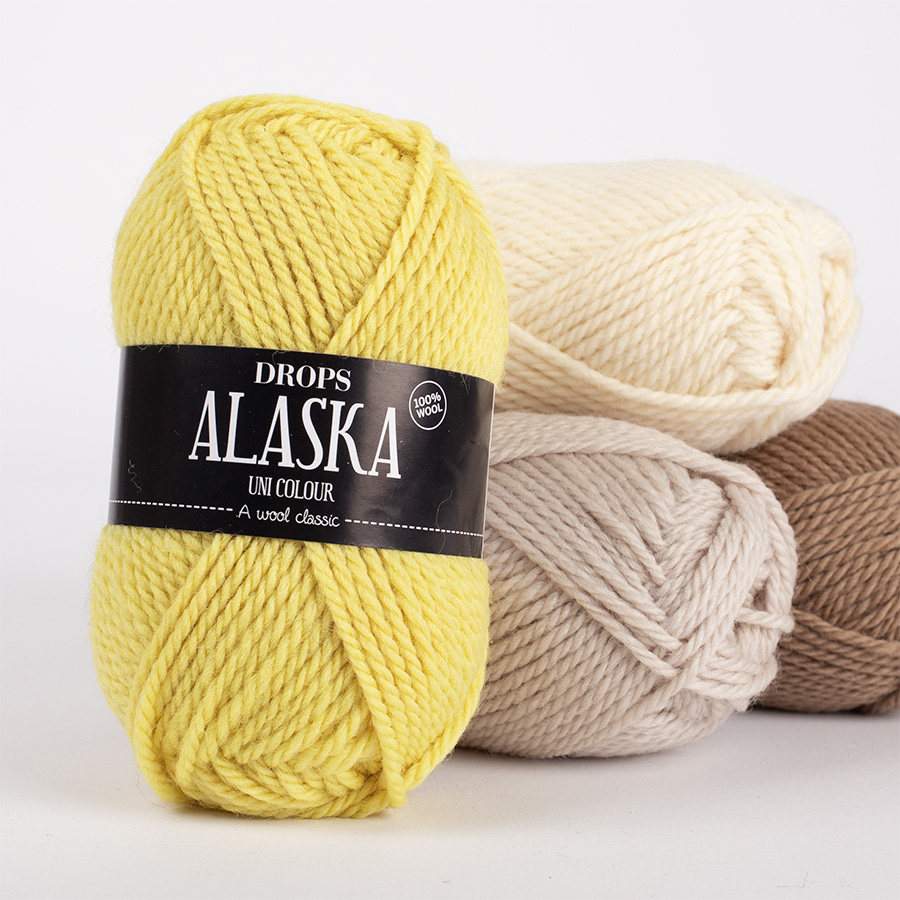
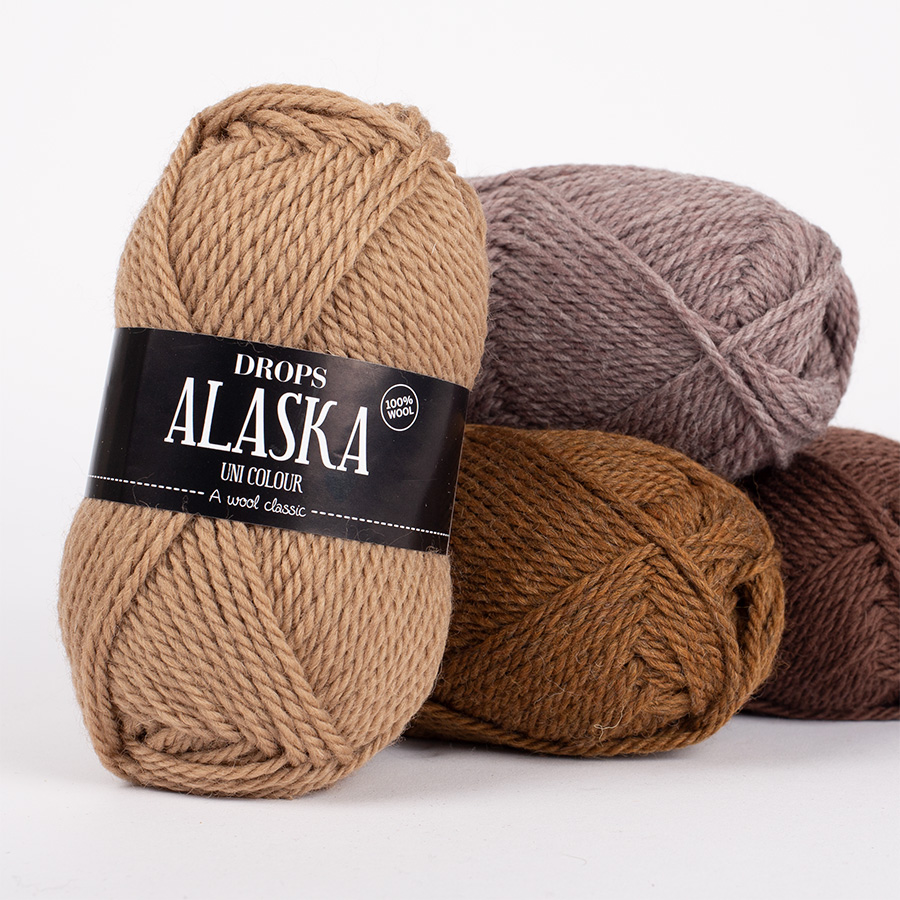
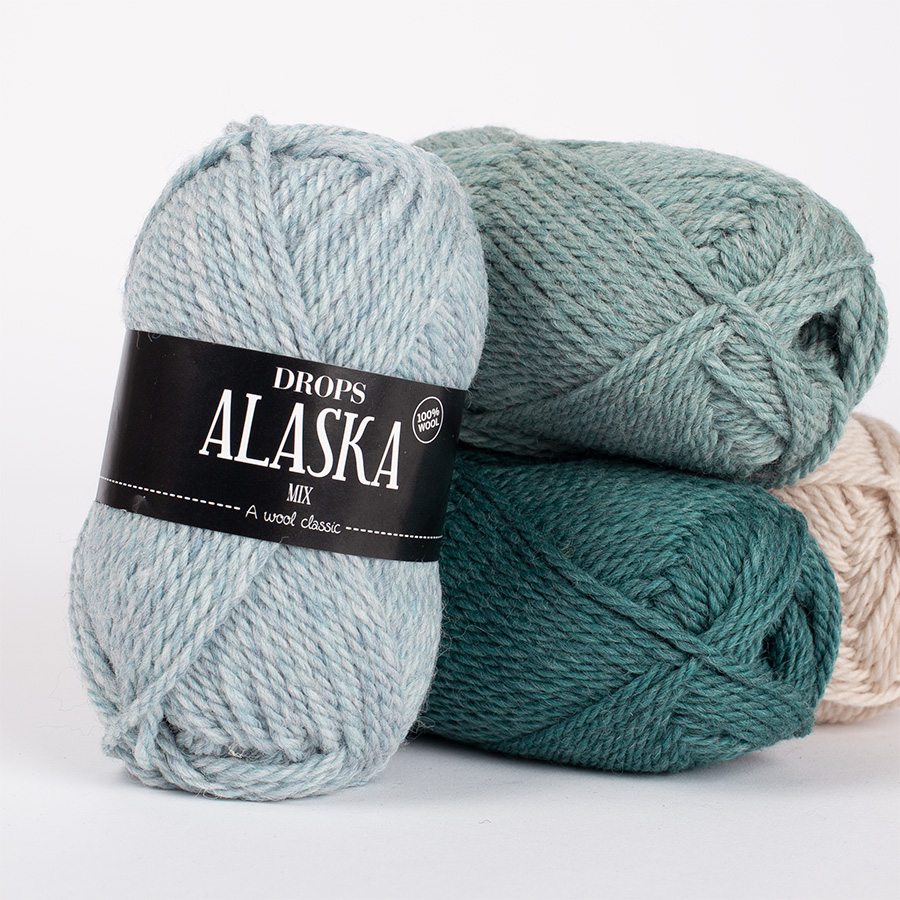
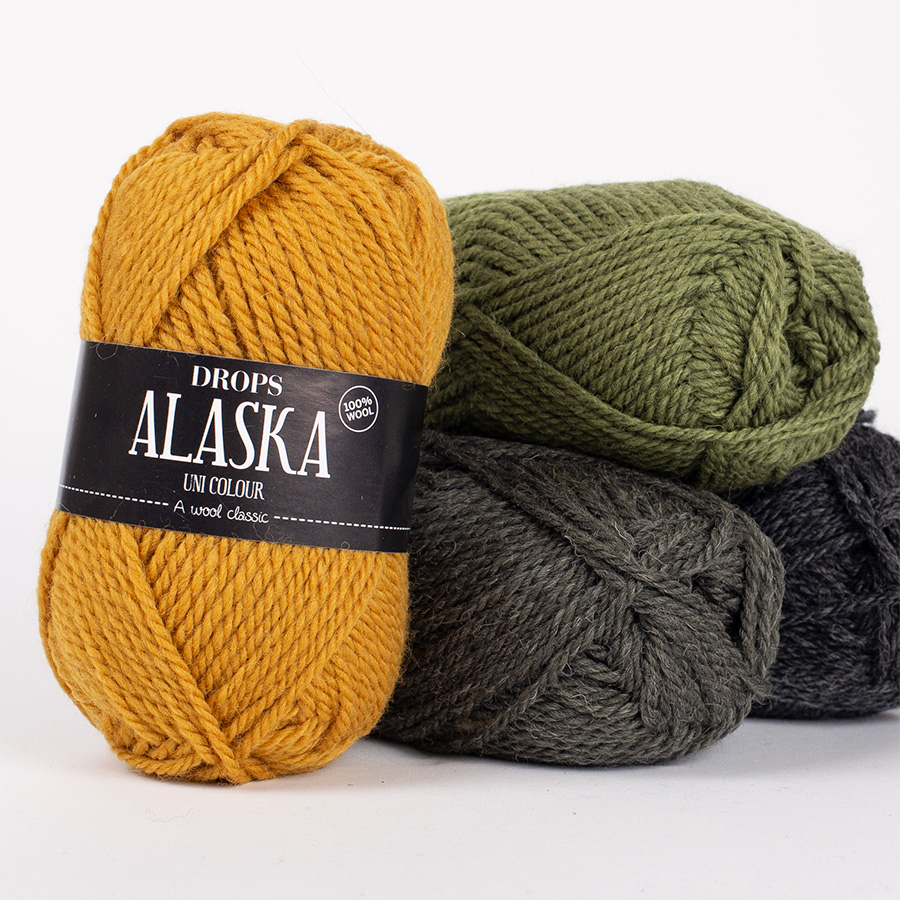
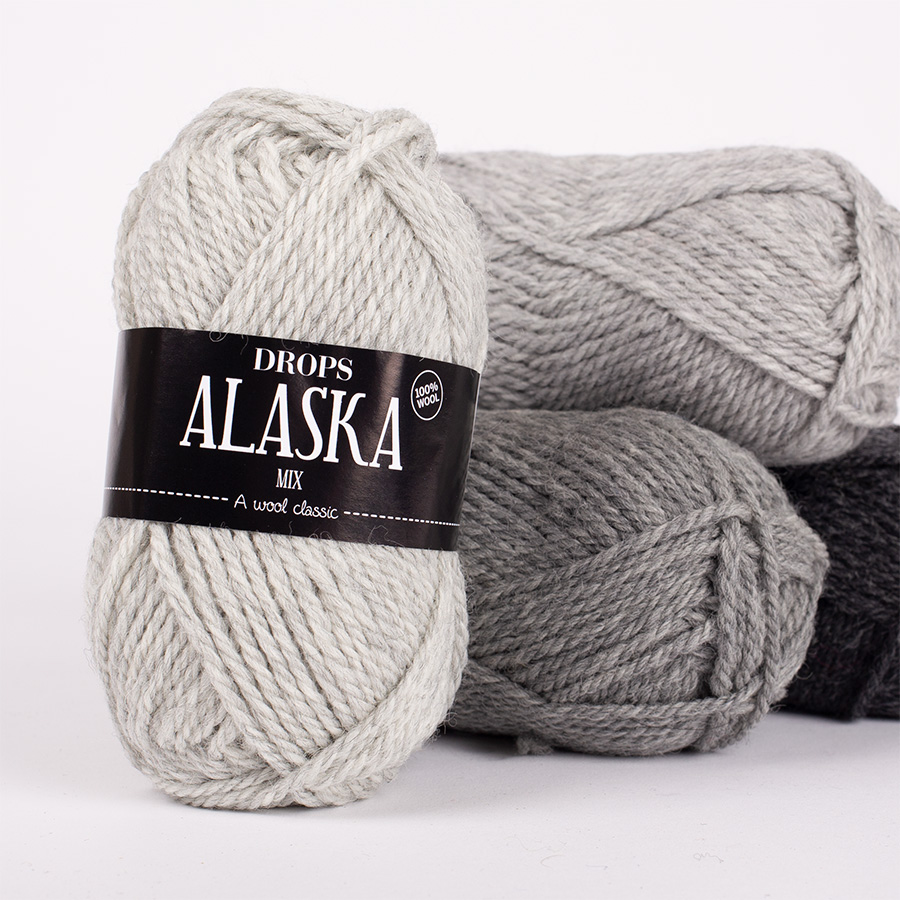
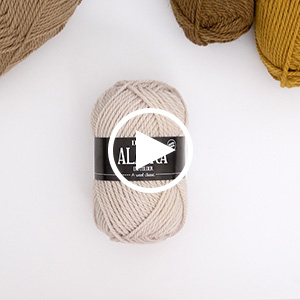









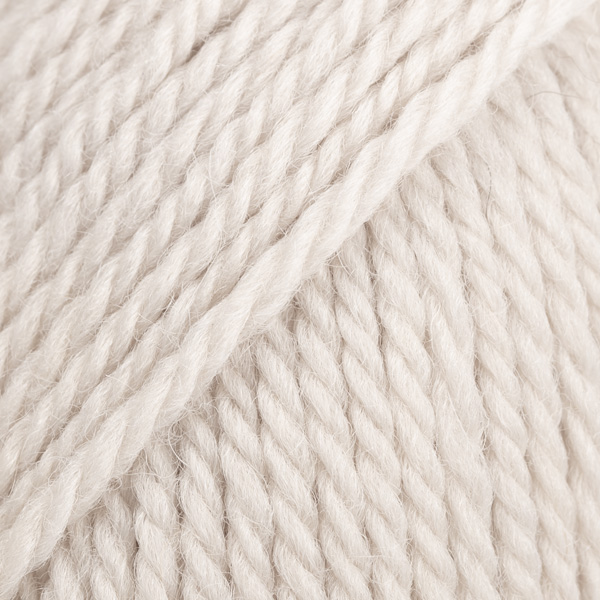

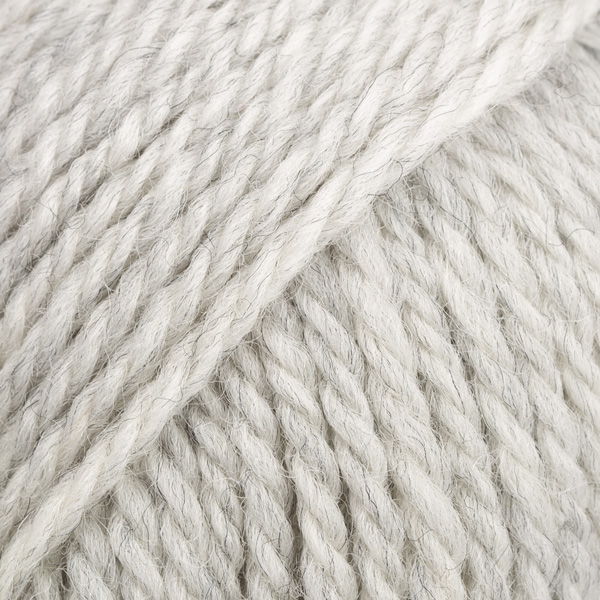

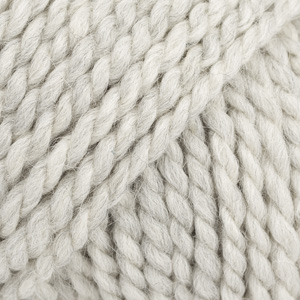












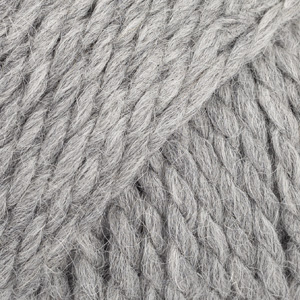

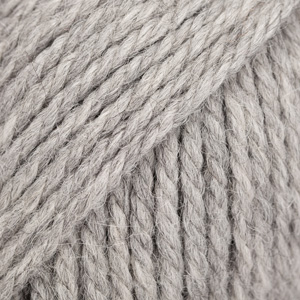











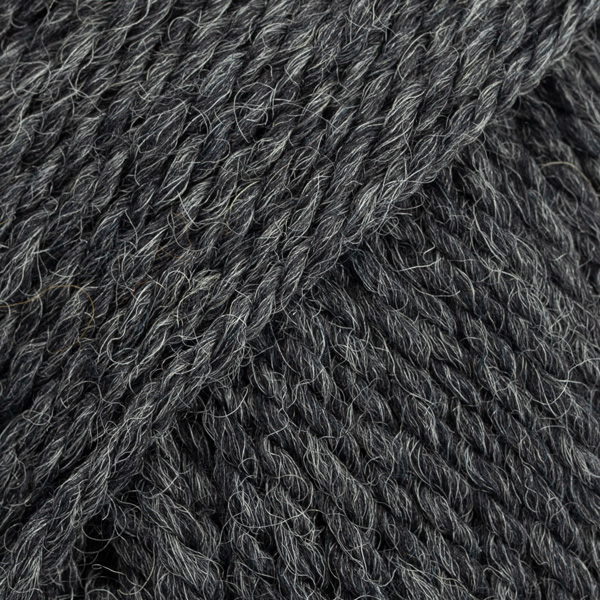
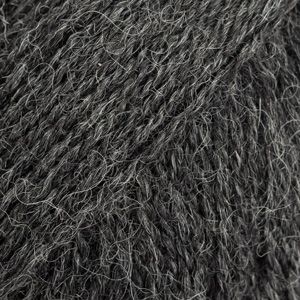





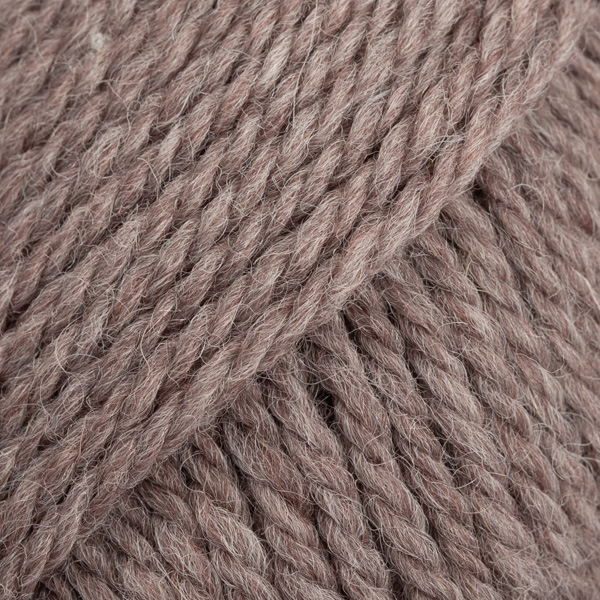



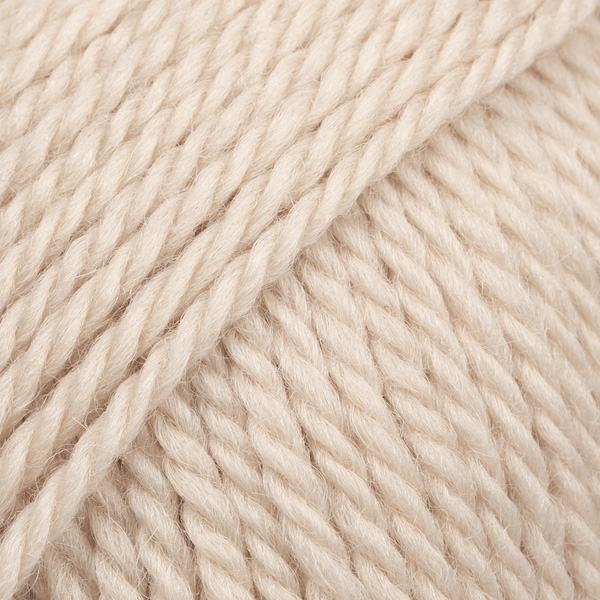


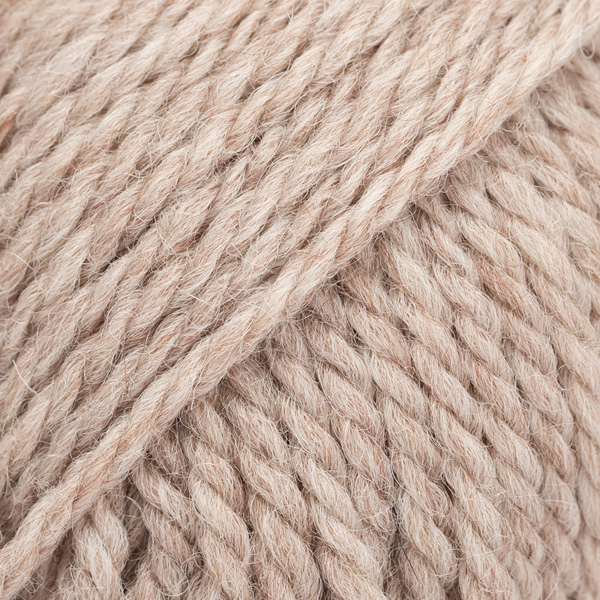

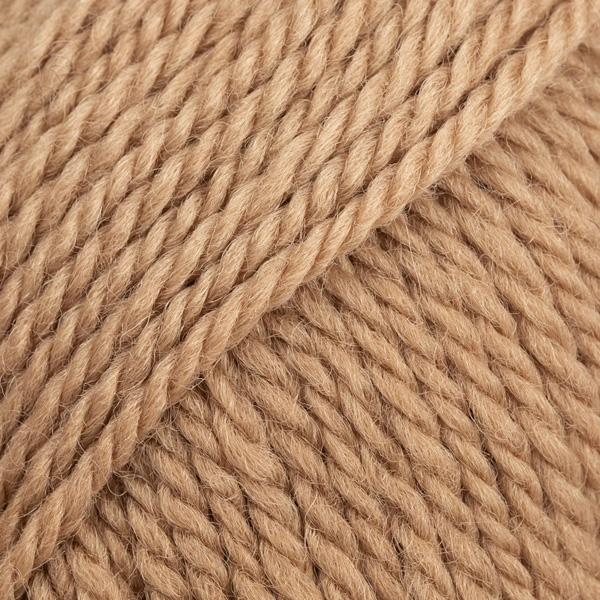

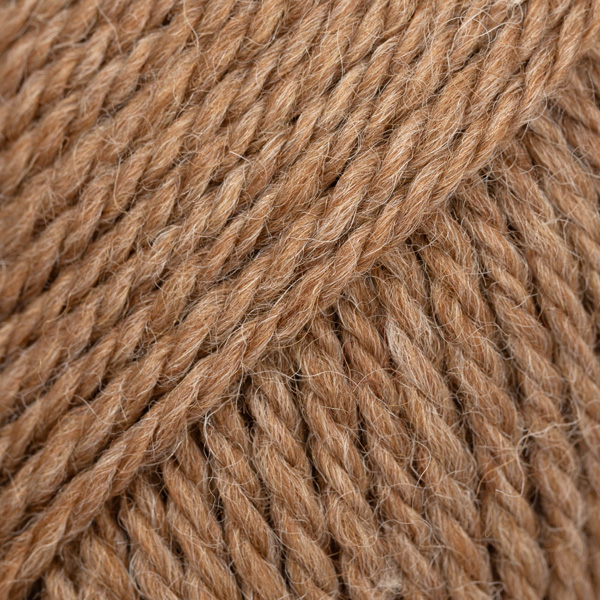
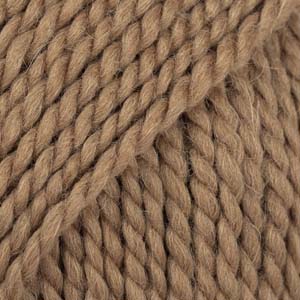




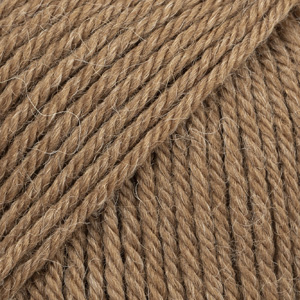




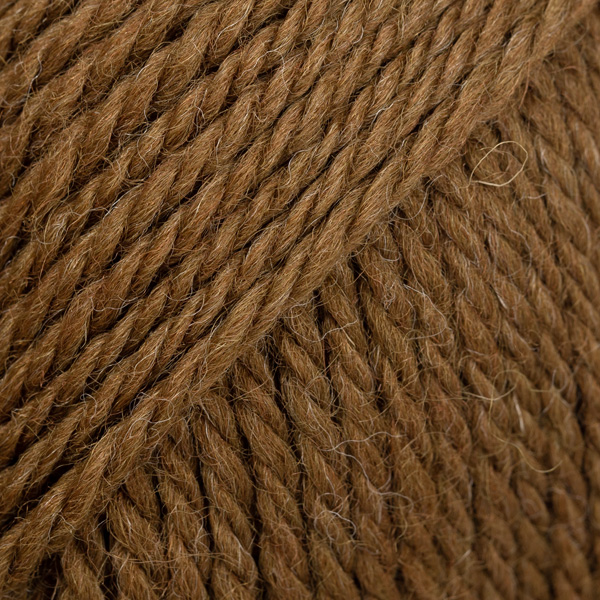


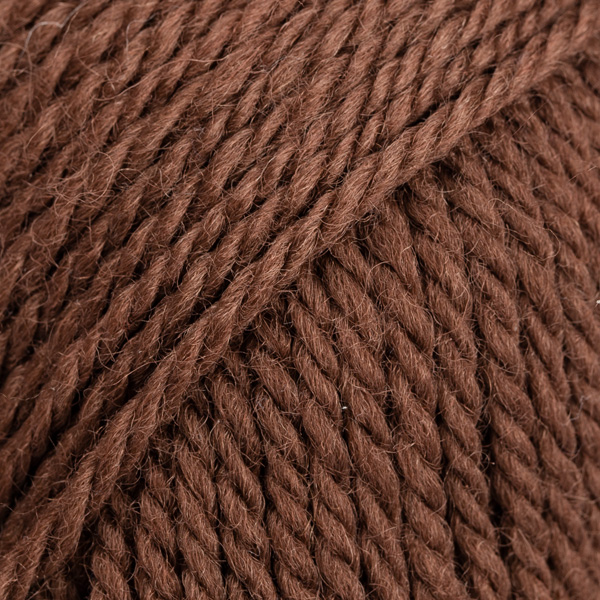

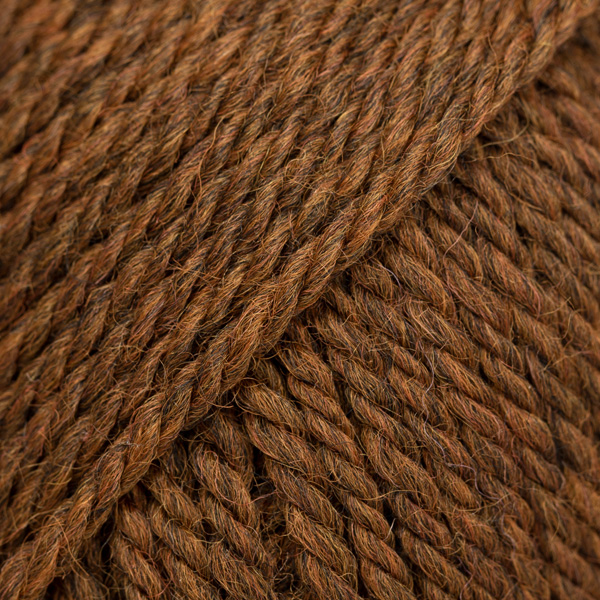

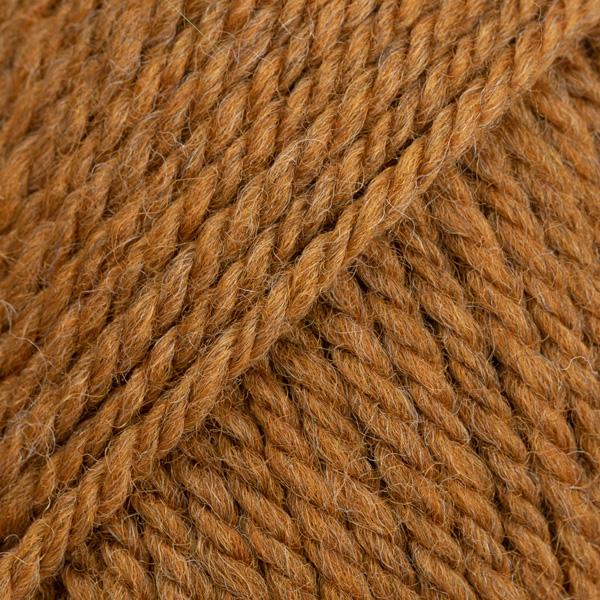


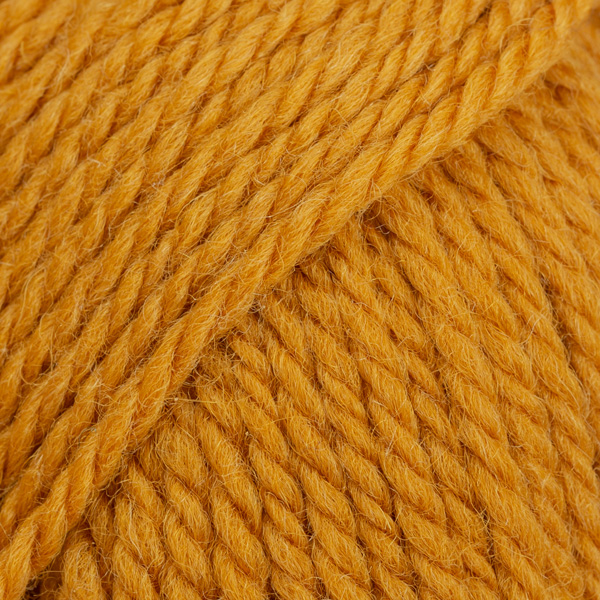






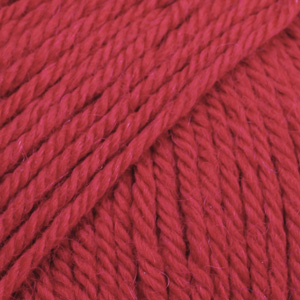








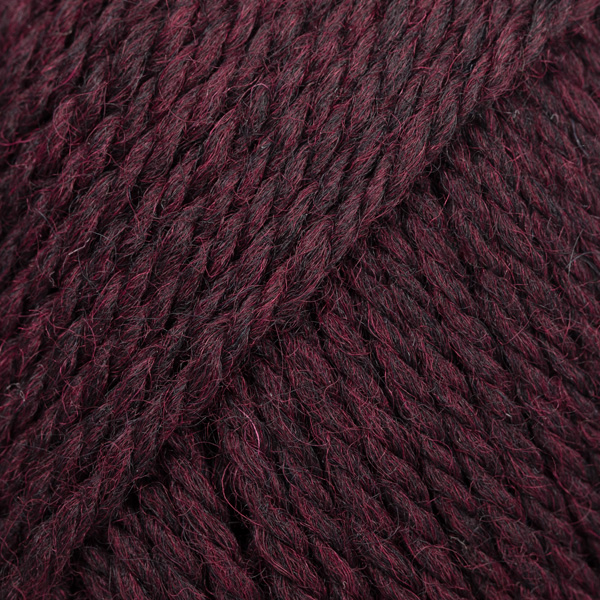


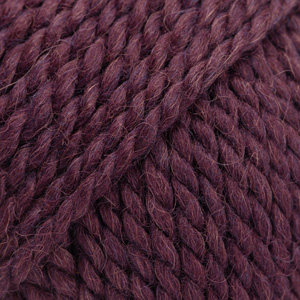





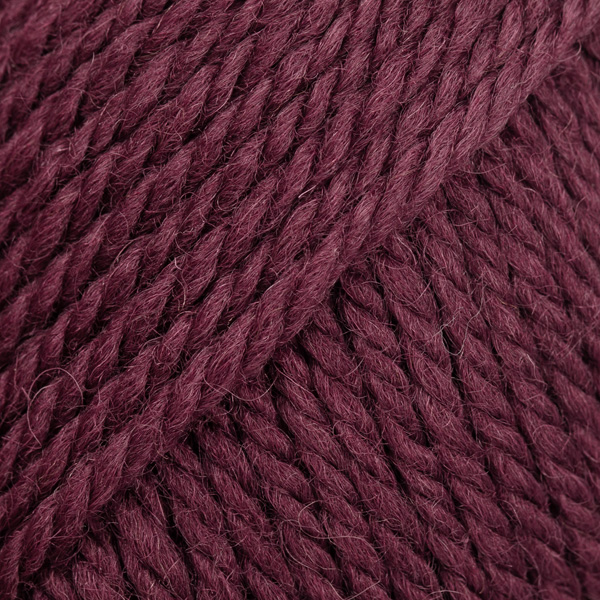



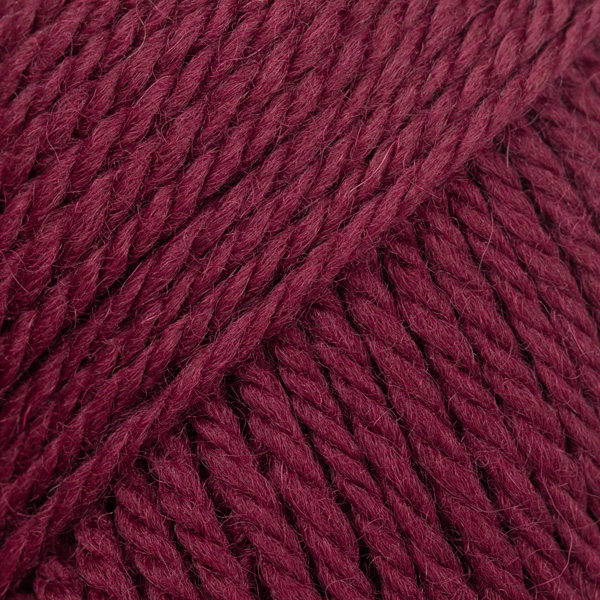







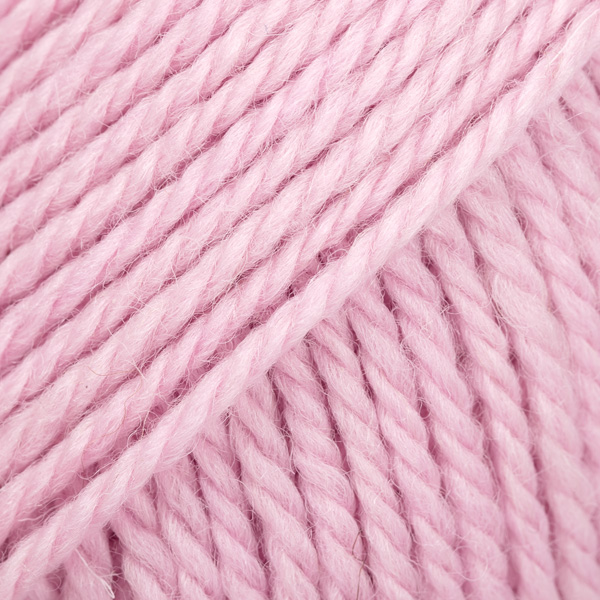

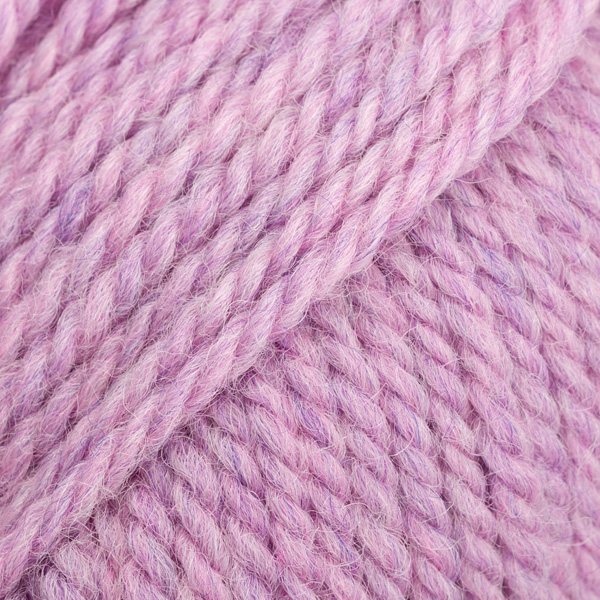

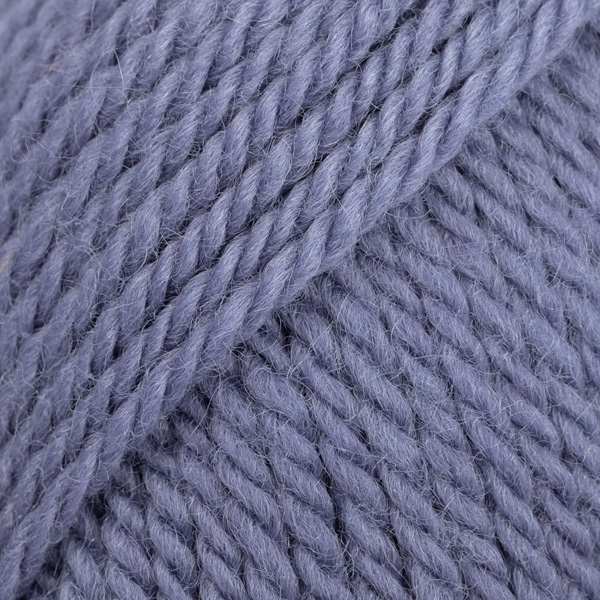

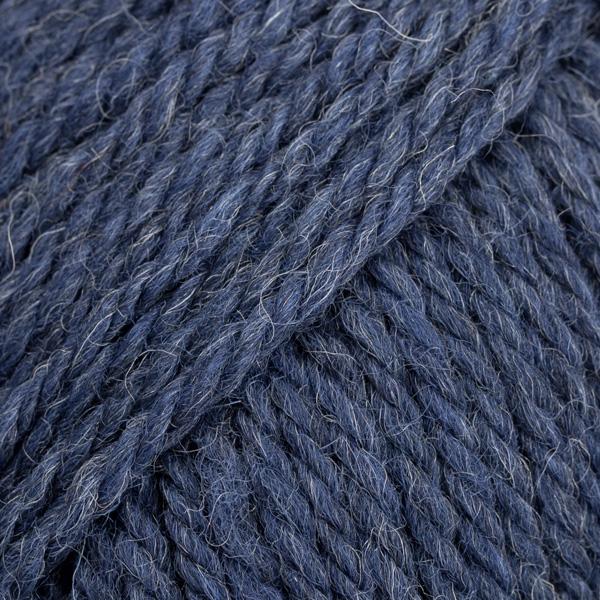






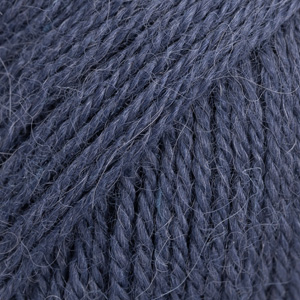





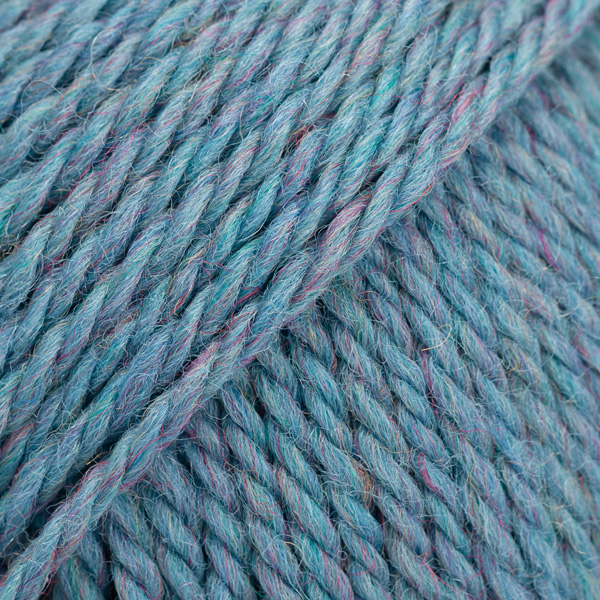

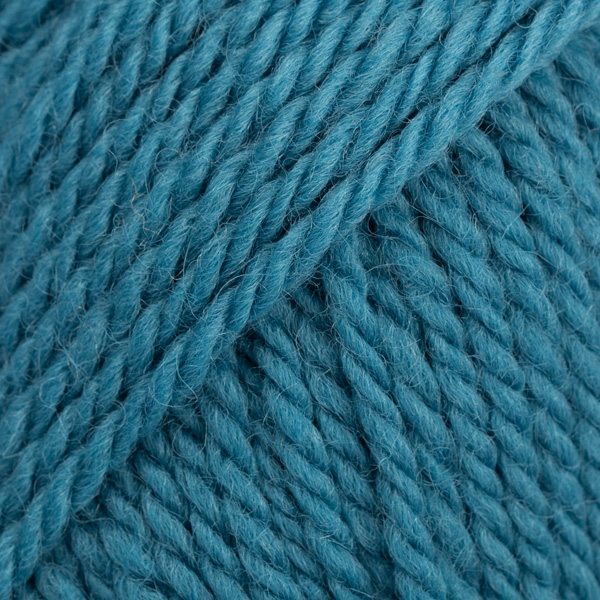





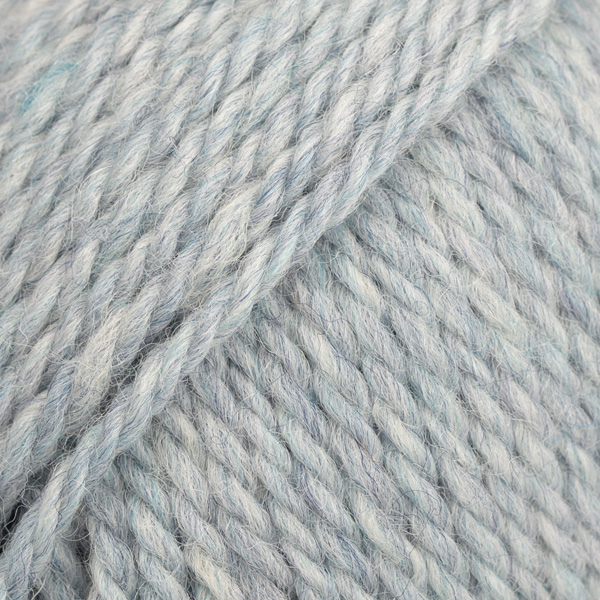
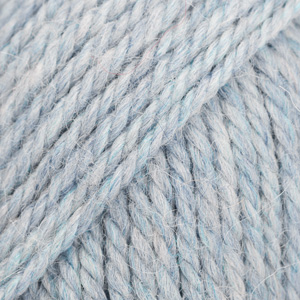

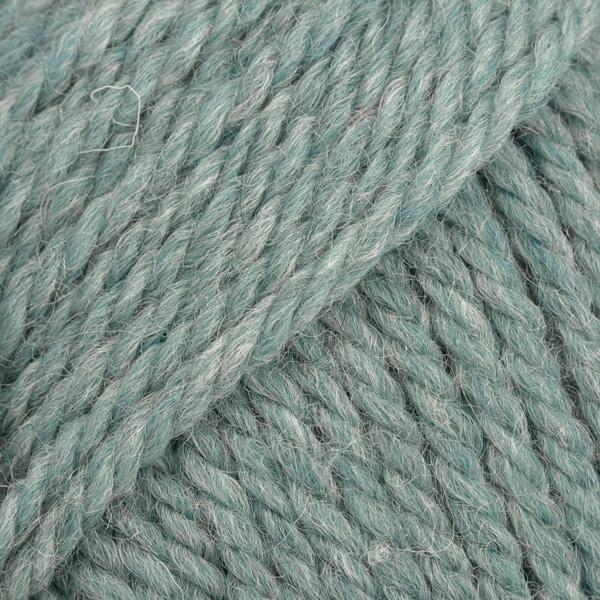

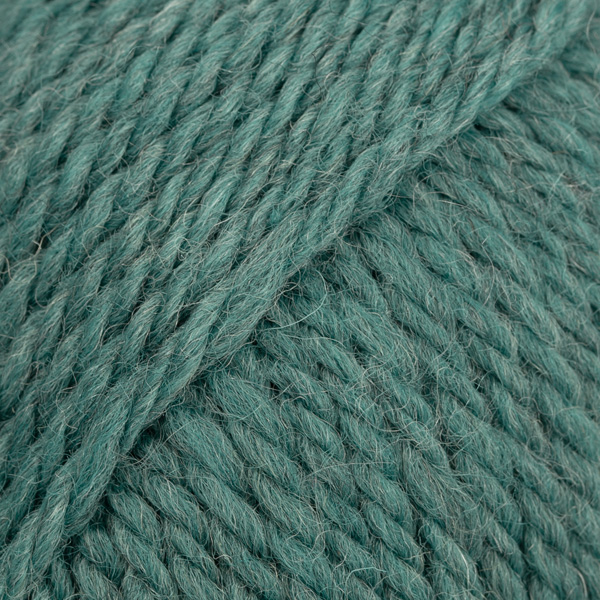




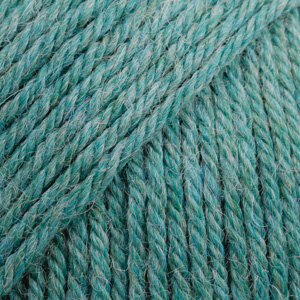




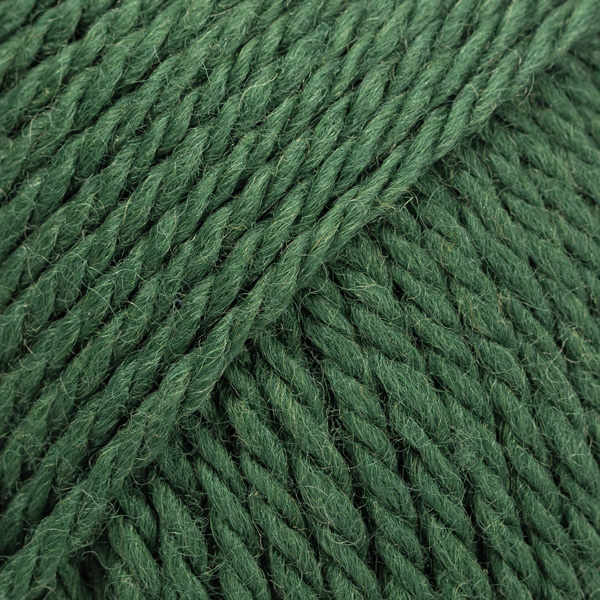

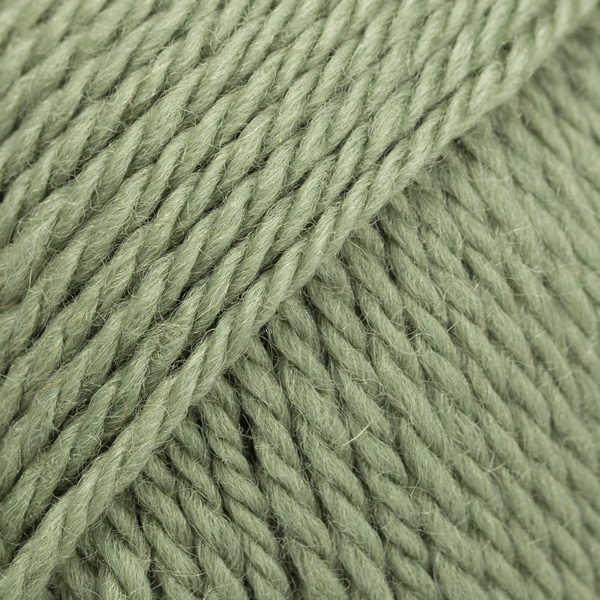

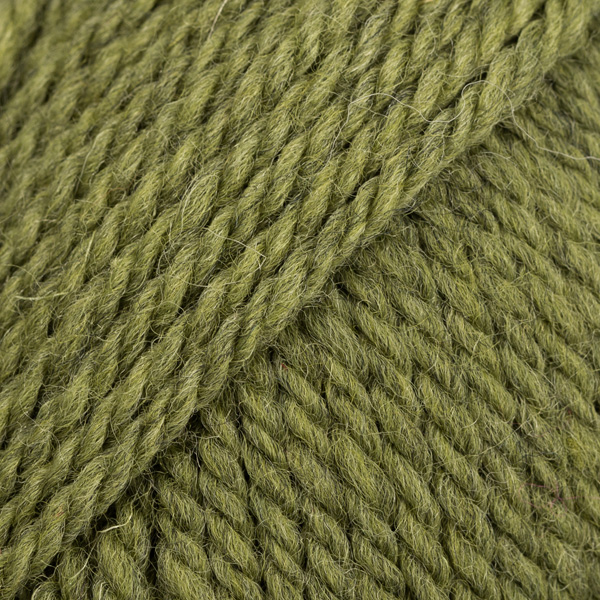






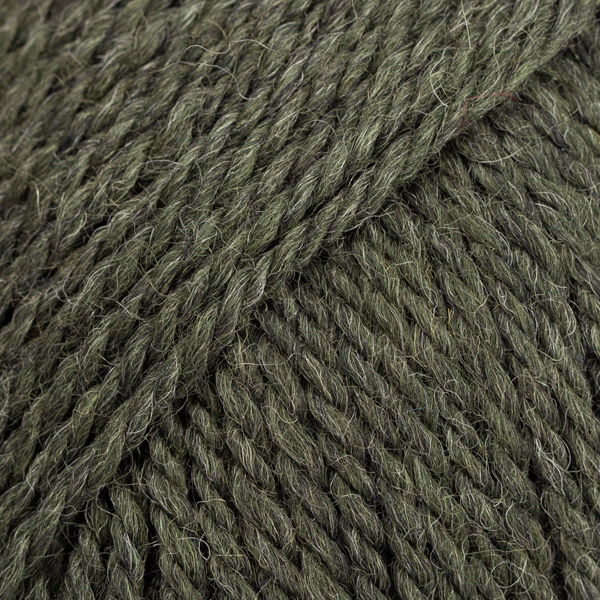

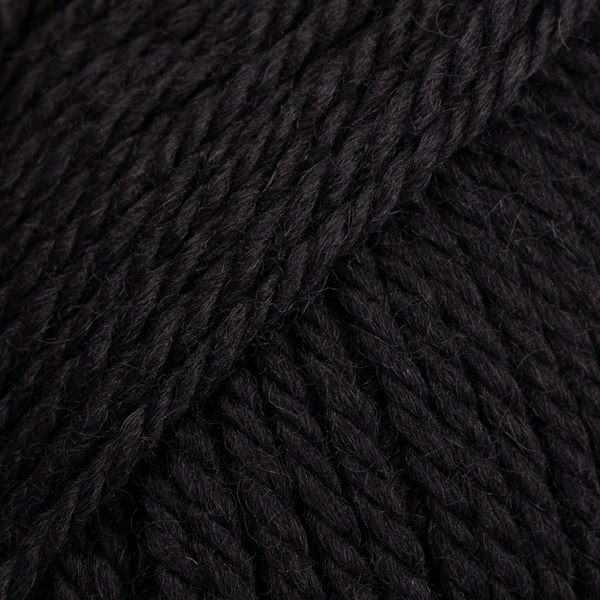





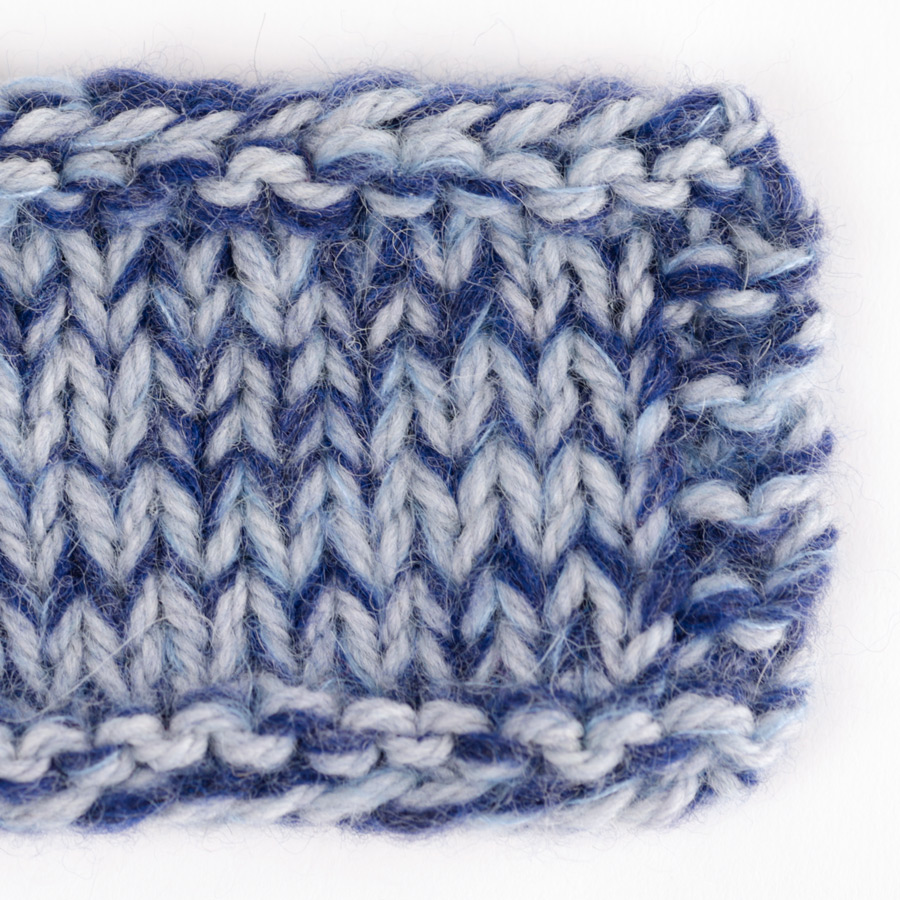
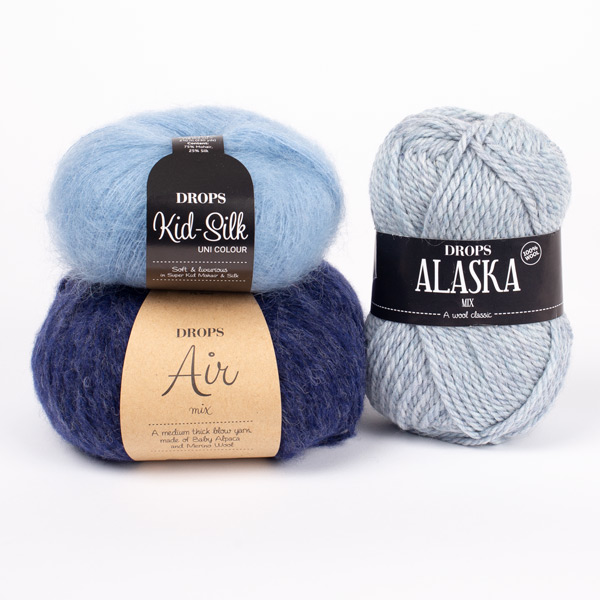
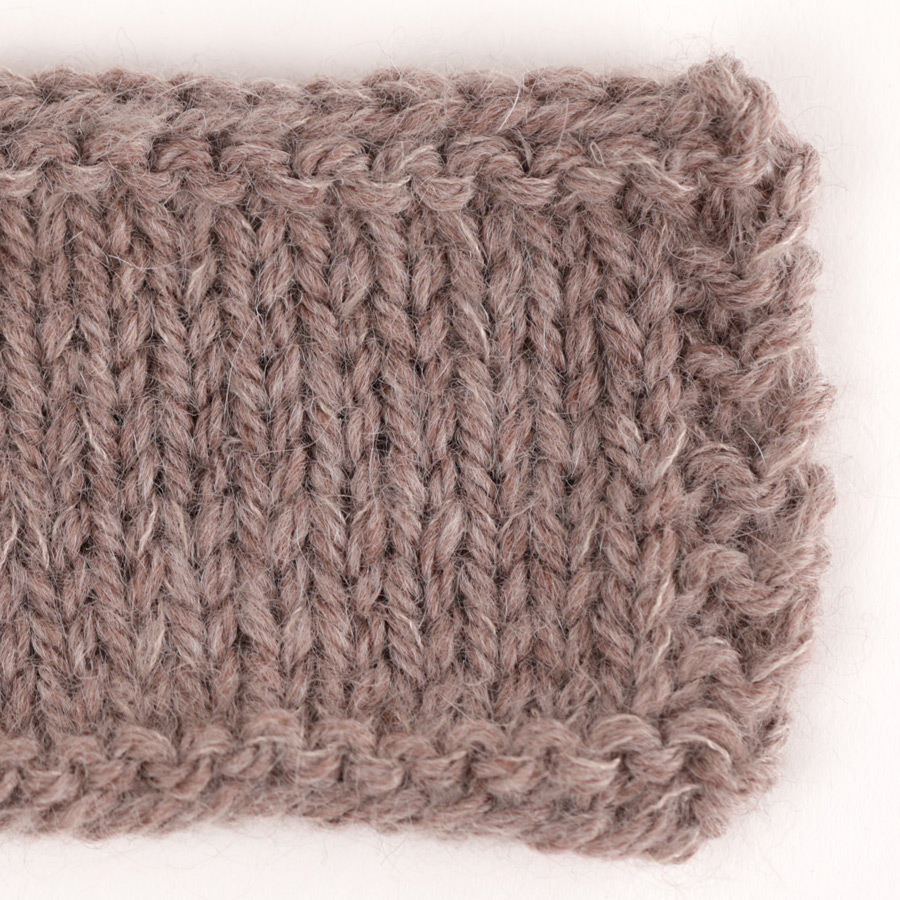
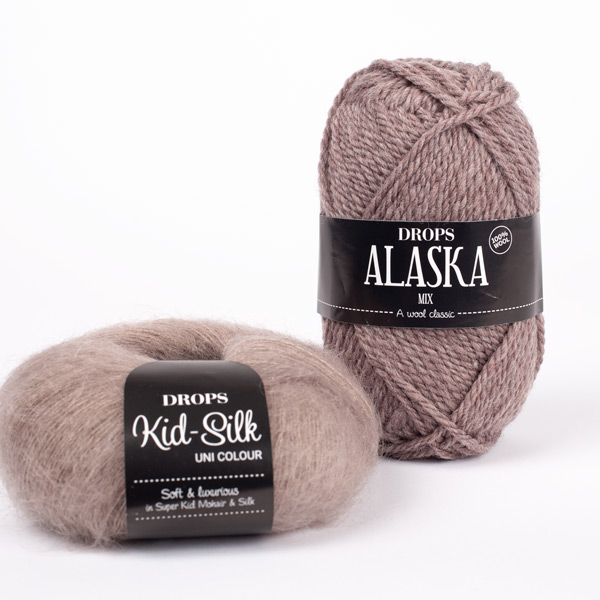
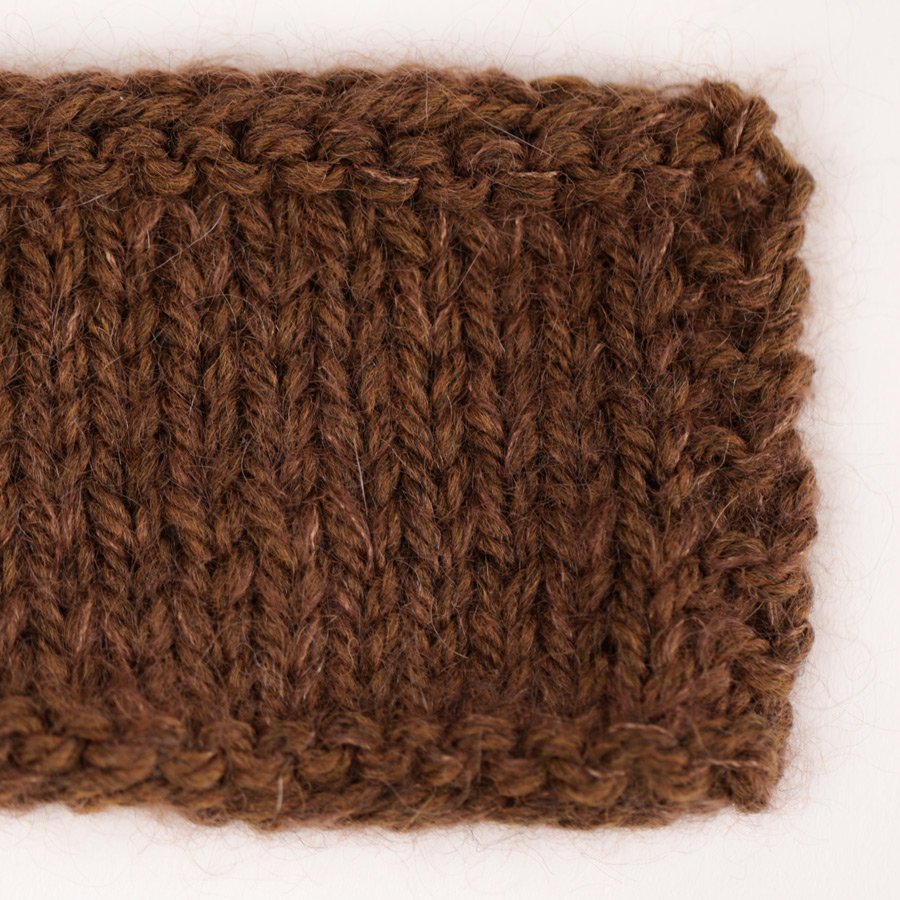
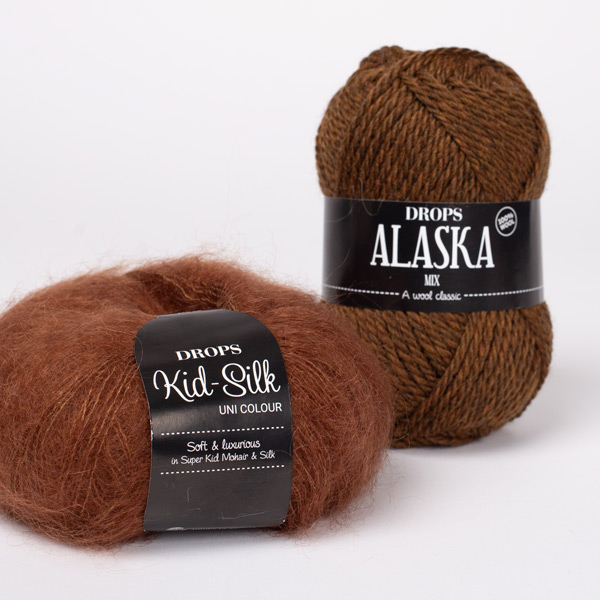















Hi, this is Jasmin from Malaysia. I would like to order some yarn, would it be possible to send to me.
18.04.2020 - 08:36